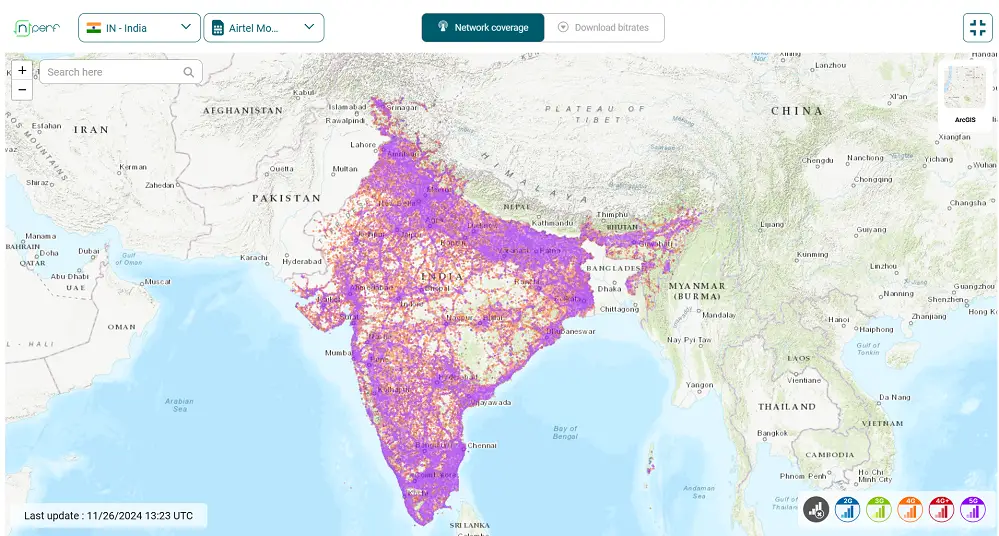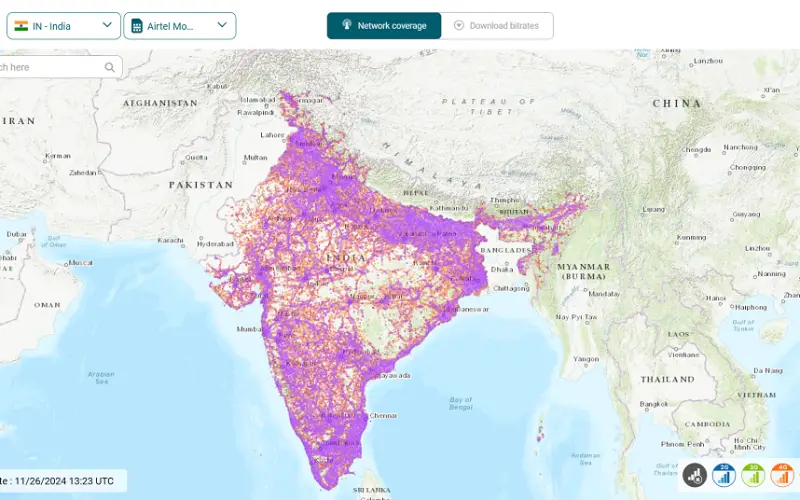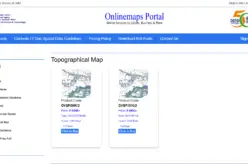In a significant move aimed at enhancing transparency and empowering consumers, the Telecom Regulatory Authority of India (TRAI) has issued a new directive for wireless service providers. According to the latest regulations, all telecom operators must now publish geospatial telecom coverage maps on their websites. These maps will showcase the availability of telecom services across the country, offering a detailed view of network coverage for various generations—2G, 3G, 4G, and 5G.
Improving Consumer Choices
The primary goal of this initiative is to equip consumers with clear and accurate information about network coverage in specific locations. By accessing these geospatial telecom coverage maps, individuals will be able to verify the availability of services in their areas before making a decision on a telecom provider.
This transparency is expected to reduce customer dissatisfaction due to unexpected network issues and improve confidence in telecom services. Consumers can now choose networks that best meet their needs, whether they prioritize speed, coverage, or reliability.
Boosting Accountability and Competition
Publishing these coverage maps not only benefits consumers but also introduces a higher level of accountability for telecom operators. When service providers display their network reach openly, it encourages them to maintain and expand coverage areas to remain competitive. The availability of this data will enable consumers to make side-by-side comparisons of different providers, fostering healthy competition within the telecom industry.

https://www.nperf.com/en/map/IN/-/-/signal?ll=20&lg=0&zoom=3
Also Read – Bangladesh Telecommunication Regulatory Commission Unveils GIS Map of Nationwide Optical Fiber
Standardization Across Providers
TRAI’s decision follows detailed consultations with service providers, allowing them to share their opinions on the most effective way to display coverage maps. The guidelines, now finalized, aim to standardize how operators present their data.
This uniformity will make it easier for users to interpret the information, providing a seamless experience regardless of the telecom company. The standardized format will also ensure that the coverage information is both comprehensive and consistent, reducing confusion for consumers.
Implications for the Telecom Sector
This move is a practical application of geospatial technology in the telecom industry. The requirement for geospatial telecom coverage maps is likely to drive improvements in data accuracy and transparency. Service providers will need to invest in advanced geospatial tools and techniques to map their coverage areas precisely. Moreover, this shift could push operators to improve weak areas in their networks, aiming for a broader and more consistent reach to maintain competitiveness.
In summary, TRAI’s directive to publish geospatial telecom coverage maps is a crucial step toward a more transparent and consumer-focused telecom sector. It underscores the importance of accessible information in empowering consumers and driving competition among service providers. The use of geospatial technology in this context will likely lead to improved network coverage, higher accountability, and better service quality across India’s telecom landscape.
Source: Financial Express











